13 Wild Animals in Slovakia [Wildlife in Slovakia]
Want to know more about the wildlife in Slovakia?
Discover 13 wild animals in Slovakia in this post, as well as interesting facts about them. 🇸🇰
Learn All About Slovak Animals
Ready to learn all about Slovak animals?
I’ve always been fascinated by animals, and by how they can be so different from one country to another. In this guide, we’ll focus on the many animals Slovakia has on the land, in the sky, and under water.
I’ve split the guide in 4 categories:
- Native animals from Slovakia
- Endangered animals of Slovakia
- What is Slovakia national animal?
- How many animals native to Slovakia?
Let’s dive in right away with our first category!
Native Animals from Slovakia
Slovakia is a landlocked European country located in the central part of the continent. It is a largely mountainous country (with a total area of about 49,000 km² / 19,000 sq mi), used to be home to the Slav peoples, was part of the Austro-Hungarian Empire and Czechoslovakia, and has an advanced high-income economy. It is bordered by the Czech Republic, Ukraine, Poland, Austria and Hungary, and its capital and largest city is Bratislava, which counts more than 475,000 inhabitants (but more than 666,000 if you include the metropolitan area).
An interesting part of the country that I wanted to tackle is its wildlife. In light of that, I have listed the best of it, and I hope you will love learning what animals live in Slovakia.
Here’s the Slovakia animals list.
1. Tatra chamois
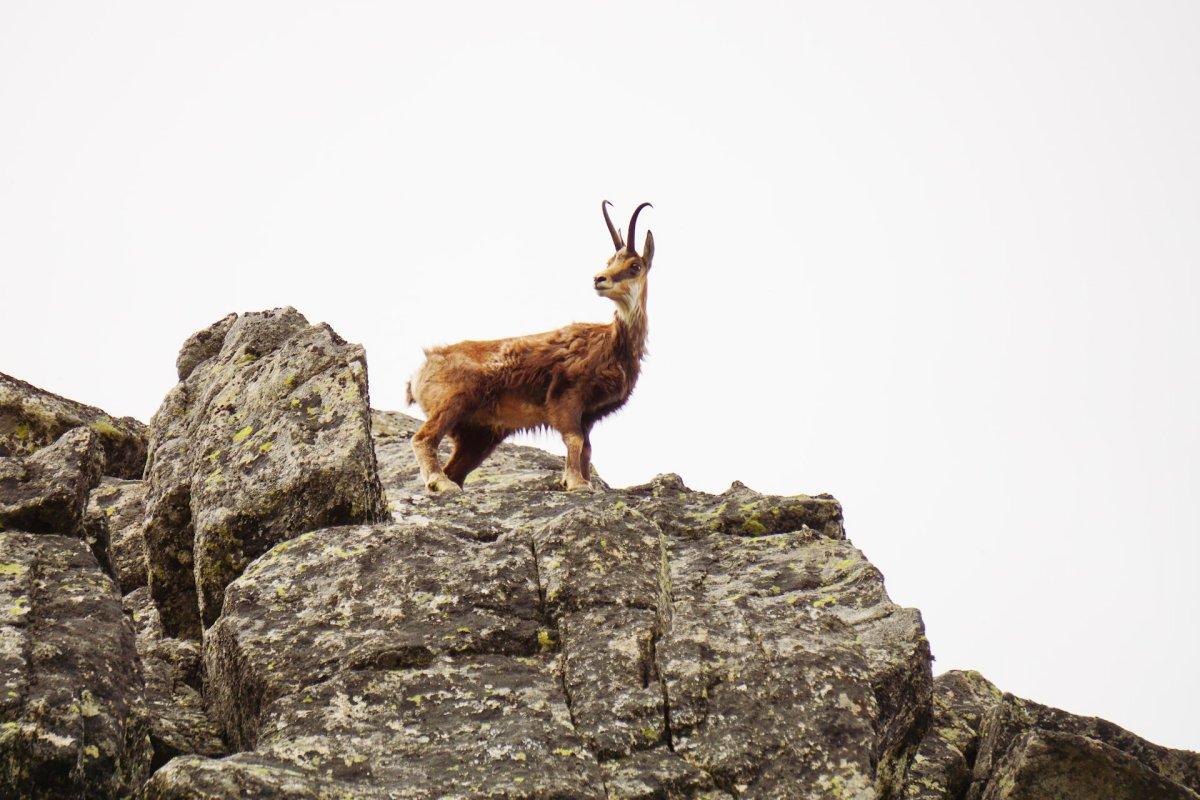
- Name: Tatra chamois
- Scientific name: Rupicapra rupicapra tatrica
- Conservation status:
The Tatra chamois is a subspecies of the chamois native to the Tatra Mountains of Slovakia and Poland. It can be found in protected, national parks throughout its range, but is still considered endangered, primarily due to poaching and tourism encroachment.
After reaching an all-time low of 160 individuals in 2000, the Tatra chamois’ populations recovered, and there are now about 1,000 of them in the wild.
2. European hare
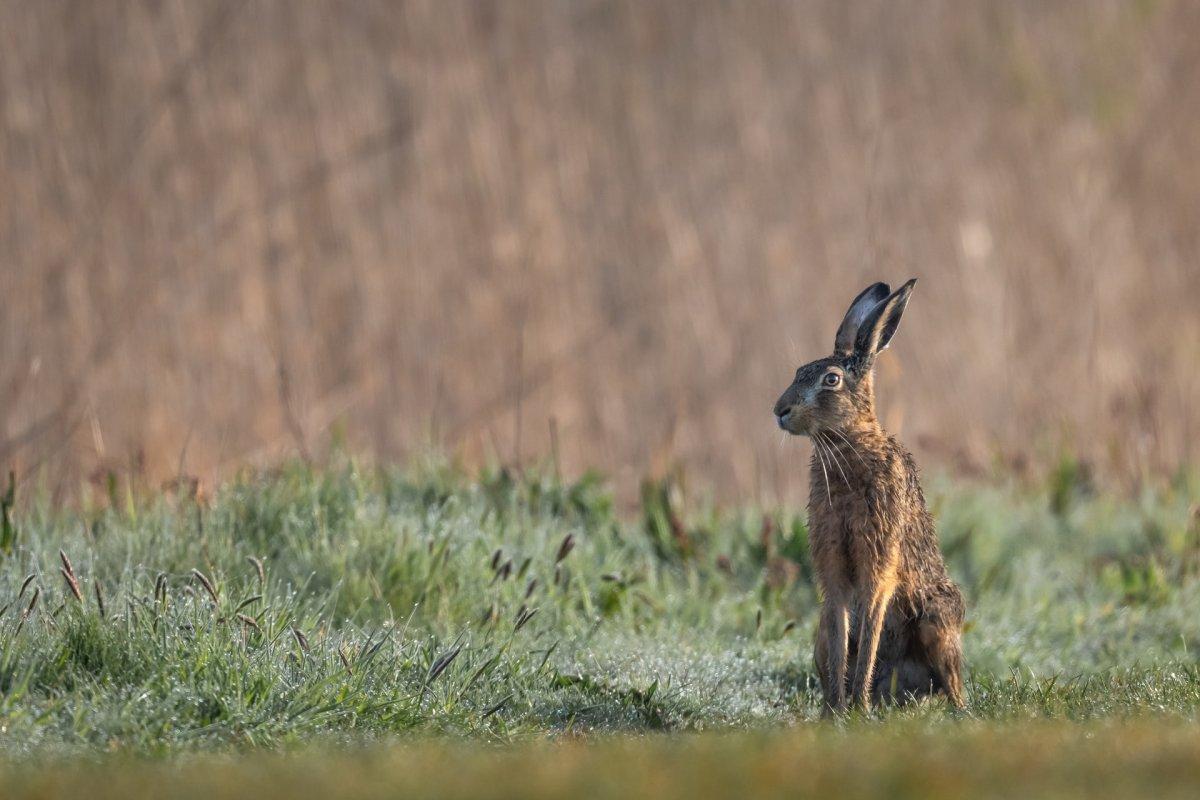
- Name: European hare
- Scientific name: Lepus europaeus
- Conservation status:
The European hare, also known as the brown hare, is one of the largest species of hare in the world. It can be found throughout Europe and into western and even central Asia, and is particularly adapted to temperate, open country.
This hare seriously suffers from parasites. In Slovakia, a study found that more than 90 percent of individuals were infected by coccidia parasites, and 54 percent of them by nematodes.
3. Eurasian brown bear
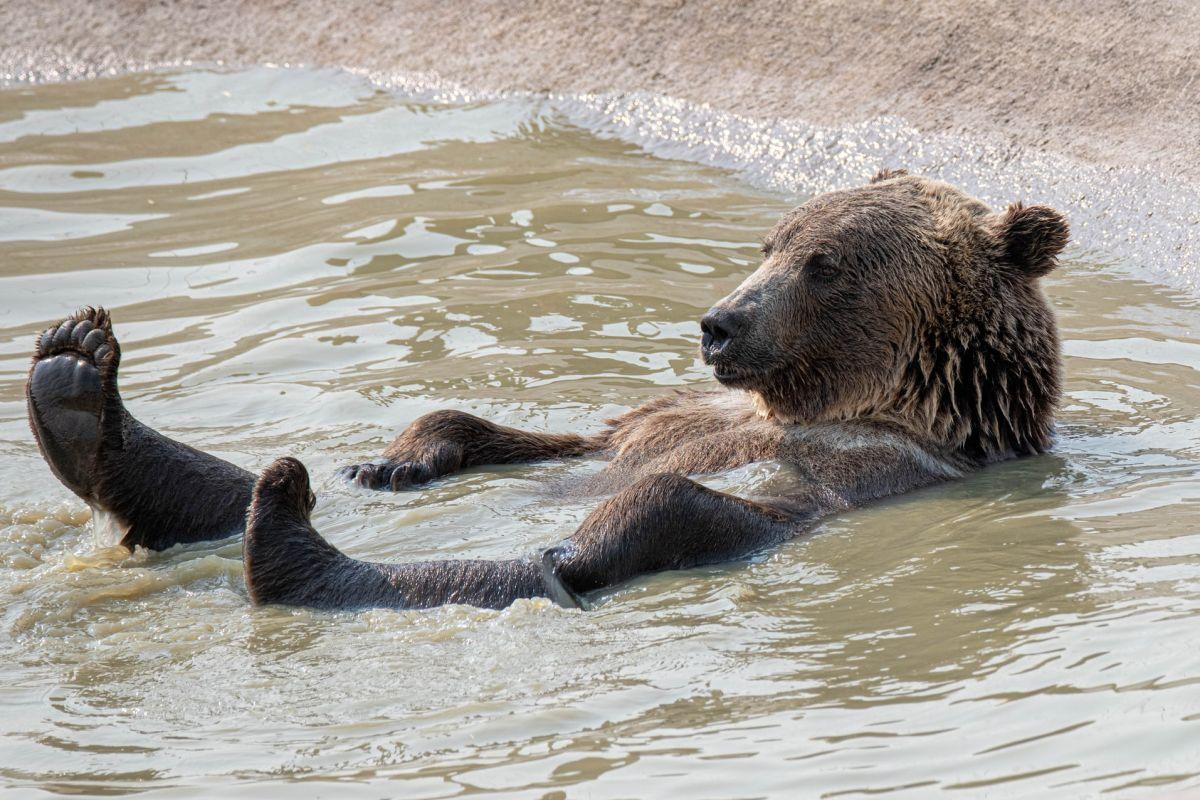
- Name: Eurasian brown bear
- Scientific name: Ursus arctos arctos
- Conservation status:
The Eurasian brown bear, also known as the common brown bear or simply the brown bear, is one of the most common and widespread subspecies of the brown bear, being found in almost all of Eurasia. It is the national animal of Slovakia.
There are about 1,200 Eurasian brown bears in Slovakia, which is a pretty sizable population, especially for such a small country (the biggest European population of Eurasian bears is in Russia).
4. Eurasian wolf
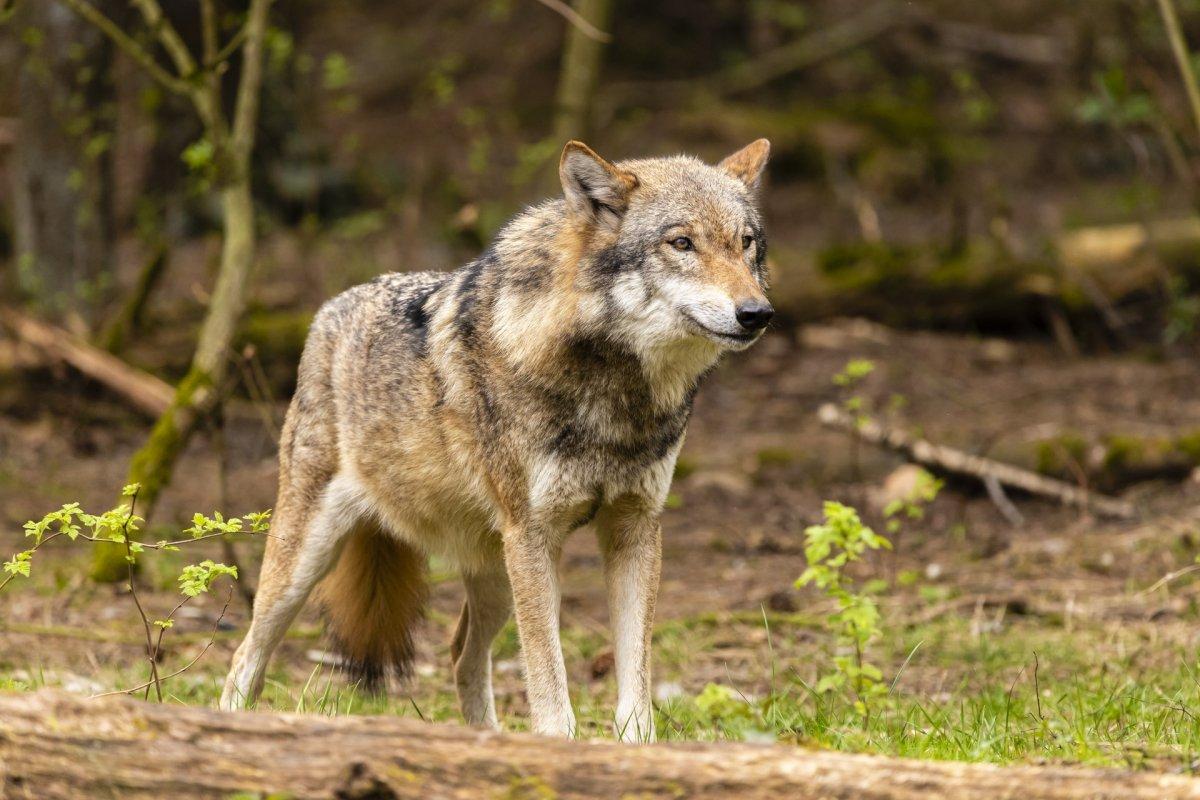
- Name: Eurasian wolf
- Scientific name: Canis lupus lupus
- Conservation status:
The Eurasian wolf, also known as the common wolf, is the largest of the Old World gray wolves, weighing up to 79 kg / 174 lb. It is also pretty widespread, being found from western Europe and the Iberian Peninsula and as far as the Russian Far East.
The wolf has always had a particular importance in Slovakia (and in the rest of Europe), being held in high regard by Slavic cultures.
5. Eurasian otter
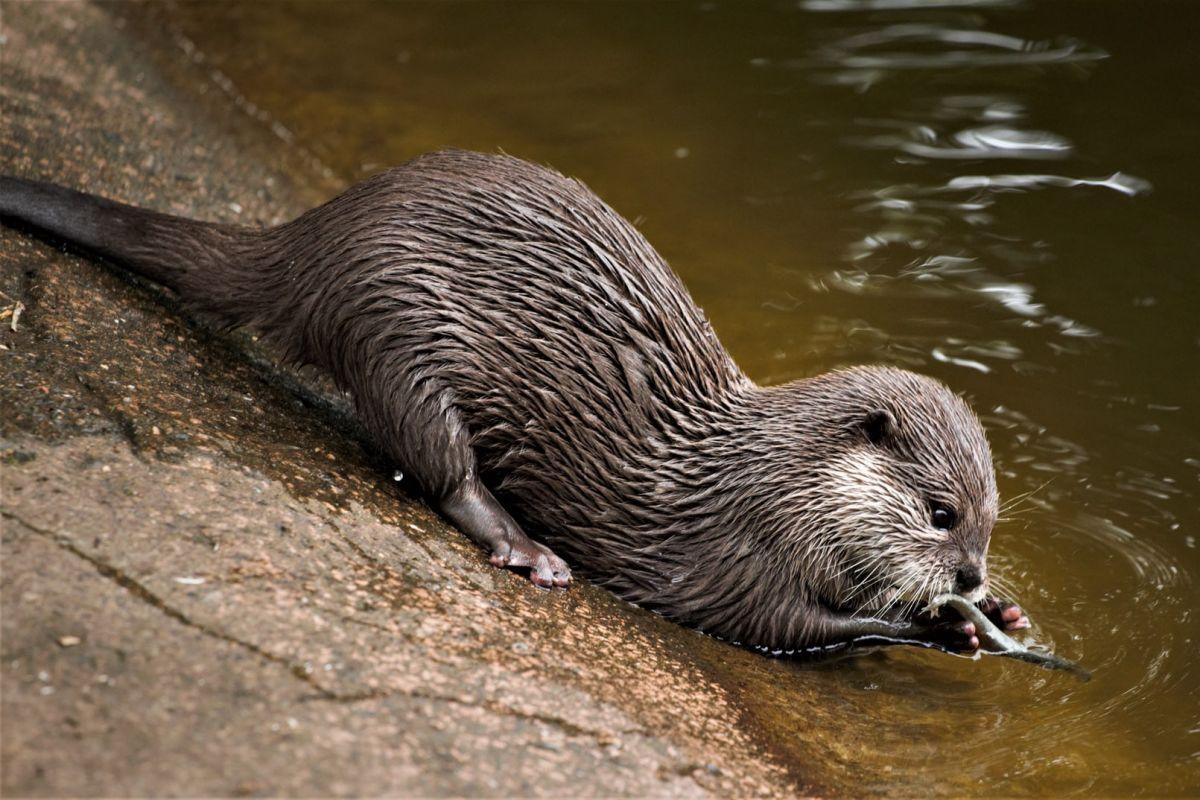
- Name: Eurasian otter
- Scientific name: Lutra lutra
- Conservation status:
The Eurasian otter, also known as the Old World otter, the common otter or the Eurasian river otter, is a species of semi aquatic mammal native to Eurasia. It is particularly ferocious when it comes to defending its territory, and is a carnivore that almost exclusively feeds on fish.
Although very widespread, it is still considered near threatened with extinction. The main reasons for this decline, which started in the second half of the 20th century, is habitat loss, hunting and pollution from pesticides.
6. Eurasian lynx
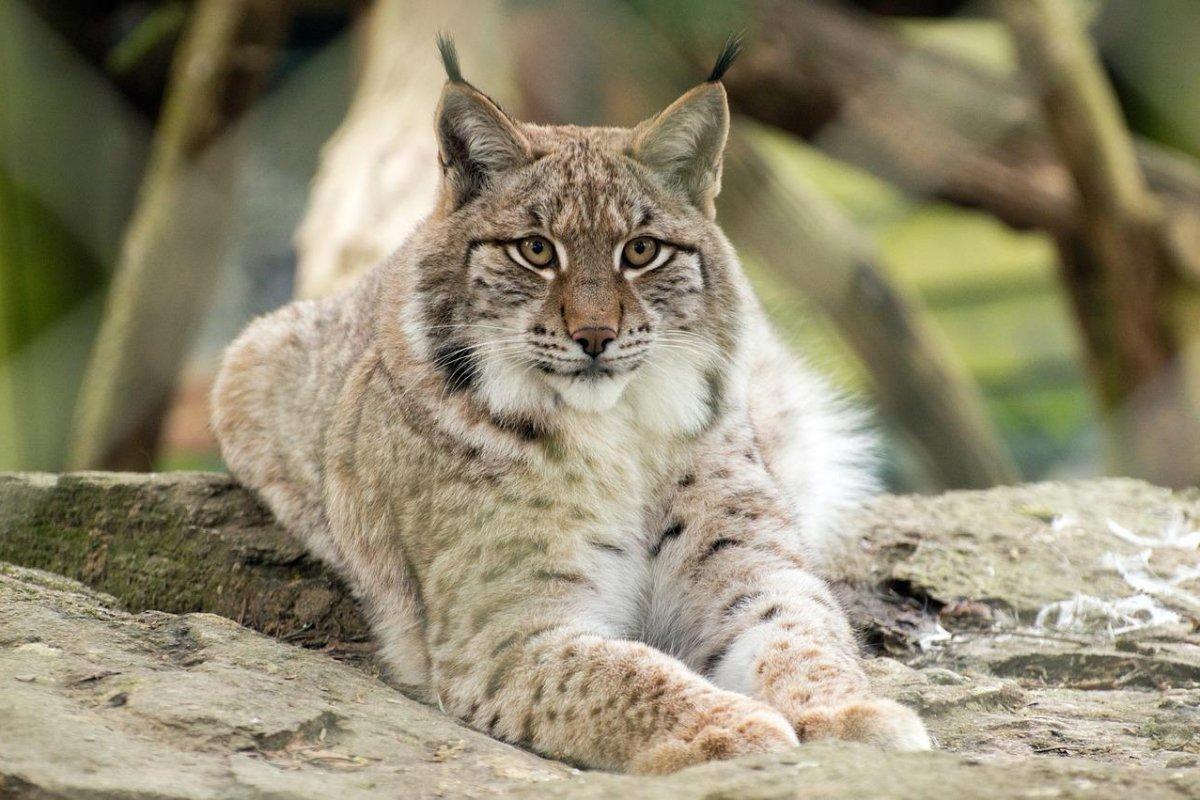
- Name: Eurasian lynx
- Scientific name: Lynx lynx
- Conservation status:
The Eurasian lynx is a medium-sized species of wild cat native to almost all of Eurasia. It prefers the northern half of the continent, living in the heights of the mountains, but can also be found as far south as the Himalayas and the Tibetan Plateau.
In Slovakia, the Eurasian lynx inhabits mixed, deciduous and coniferous forests, at elevations of up to 1,592 m / 5,223 ft. It lives in national parks and is protected.
7. Red fox
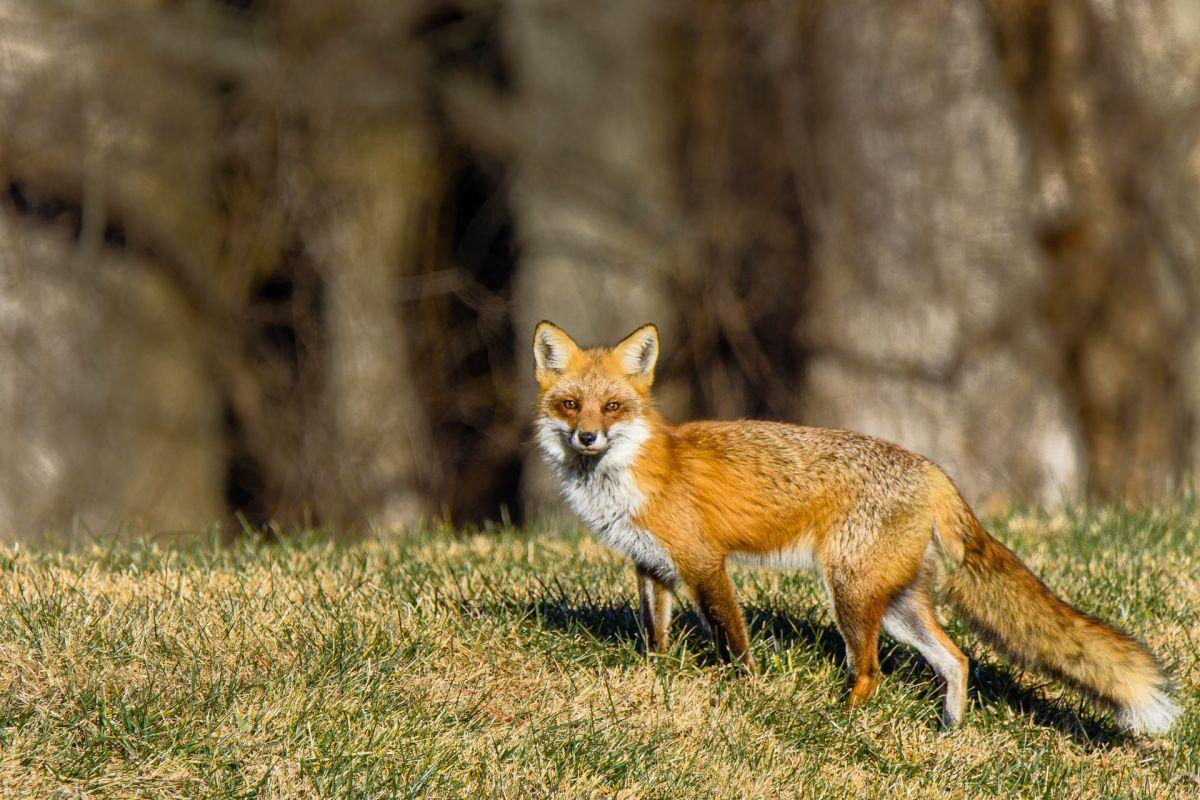
- Name: Red fox
- Scientific name: Vulpes vulpes
- Conservation status:
The red fox is the largest species of the true foxes. It is one of the most widespread animals on the planet and one of the most successful species in the world, being extremely versatile both in terms of habitat and dietary habits.
Similarly to the Eurasian wolf, the red fox has had one of the longest history of interactions with humans, being featured in fables and stories, often seen as a thief and a treacherous animal.
8. Golden eagle

- Name: Golden eagle
- Scientific name: Aquila chrysaetos
- Conservation status:
The golden eagle is a large species of bird of prey found throughout much of the Northern Hemisphere. It is the most widespread eagle in the world, and is also one of the most well-known and extensively studied raptors.
There are about 170,000 to 250,000 golden eagles left in the wild, with around 60,000 to 100,000 breeding pairs. This species has long been regarded with reverence, which dates as far back as during the Aztec times.
9. Moose
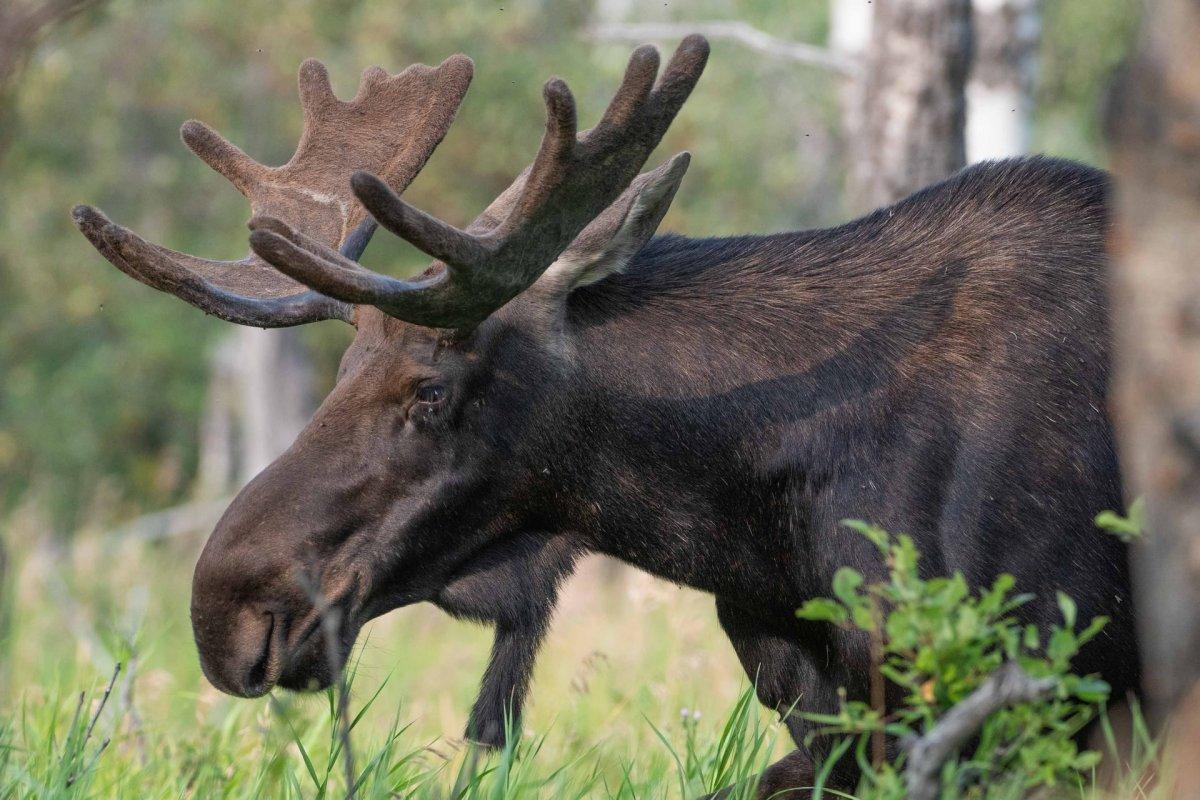
- Name: Moose
- Scientific name: Alces alces
- Conservation status:
The moose, also known as the elk, is the largest species of deer in the world. It can be found in the northernmost parts of the Northern Hemisphere, and as far south as the Slovakian mountains. It inhabits temperate and boreal forests, and feeds on both aquatic and terrestrial vegetation.
Opposite to other deer species, the moose is a solitary animal which never forms herds. Its population in Slovakia is quite small, and has been unsuccessful at spreading more so far.
10. Red deer
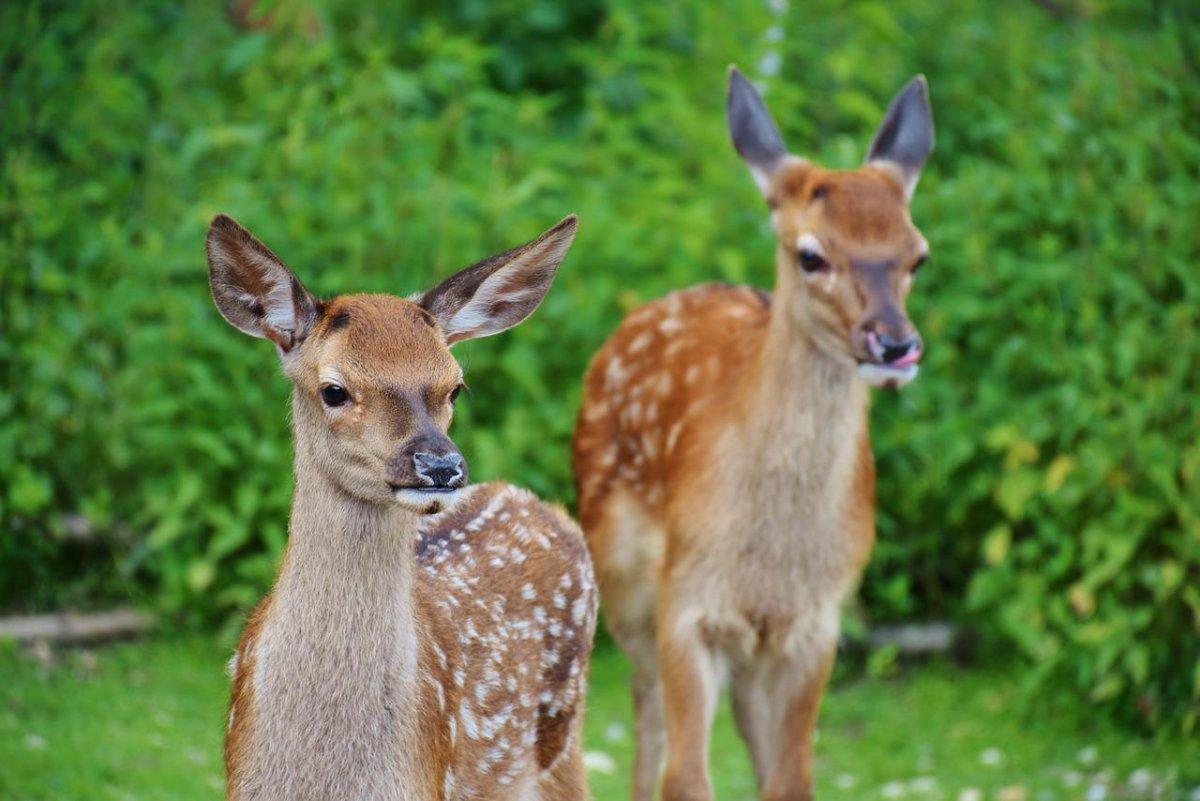
- Name: Red deer
- Scientific name: Cervus elaphus
- Conservation status:
The red deer is also one of the largest species of deer. It is very famous in Europe, has been hunted for thousands of years, and was depicted in cave painting during Prehistoric times!
This deer is known for its beautiful, decorative antlers, as well as its tasty meat known as the venison. While it became rare in parts of Europe due to overhunting, it never came close to extinction.
11. Central European boar
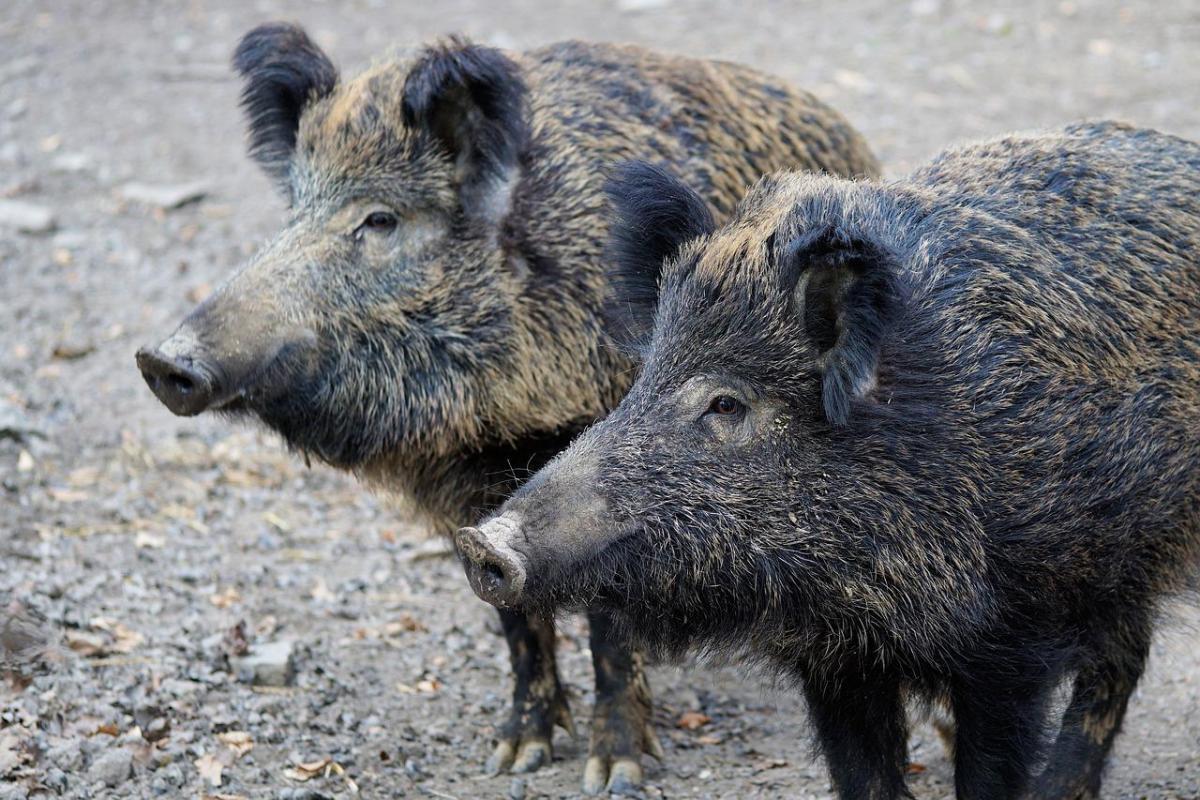
- Name: Central European boar
- Scientific name: Sus scrofa scrofa
- Conservation status:
The Central European boar is the last of the classic European animals found in Slovakia. It has been playing a very important role in European folklore and culture for thousands of years, was a major figure of Germanic traditions (being engraved on helmets and shields), and has been hunted for its meat.
This animal is highly adaptable, and it is an opportunistic omnivore which will feed on almost anything.
12. European badger
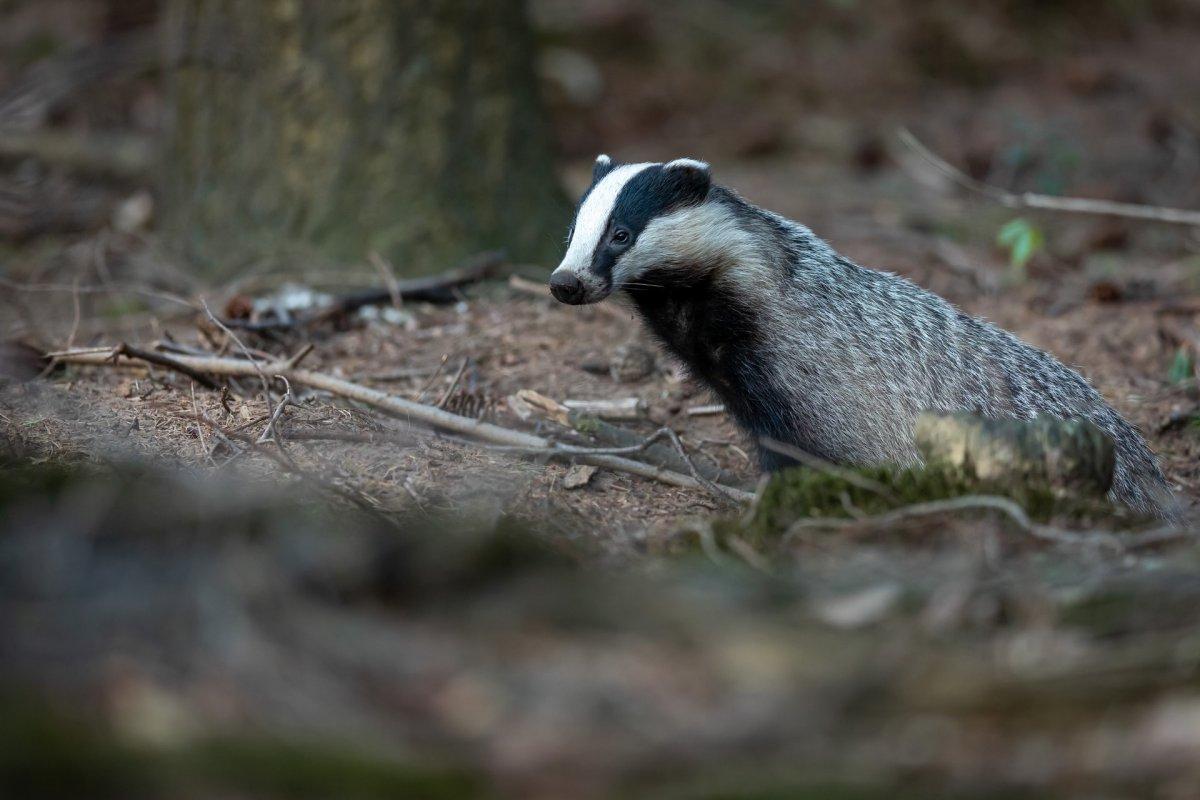
- Name: European badger
- Scientific name: Meles meles
- Conservation status:
The European badger is a species of mustelid found in almost all of Europe, except for some insular areas and northernmost Scandinavia. Although classified as a carnivore, it actually feeds on a wide variety of animal and plant material, from cereals and tubers to large insects, small mammals, earthworms and carrion.
This mammal lives in the deciduous and mixed woodlands of Slovakia, and can be found as high as 2,000 m / 6,600 ft above sea level.
13. European jackal
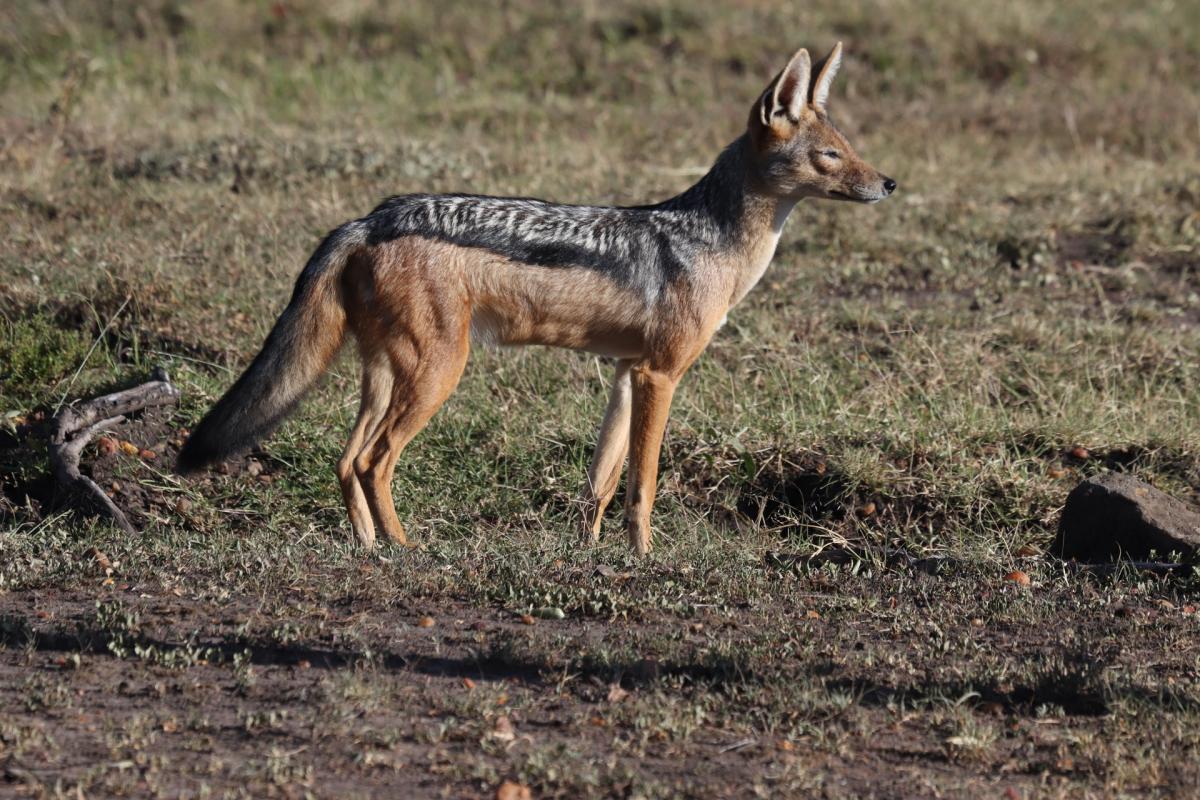
- Name: European jackal
- Scientific name: Canis aureus moreoticus
- Conservation status:
The European jackal is a subspecies of the golden jackal which is currently rapidly spreading throughout Europe. There are somewhere between 70,000 and 117,000 individuals in the wild, and their population is increasing alongside human expansion, thanks to the decline of the gray wolf, their main competitor.
This canid colonized Slovakia and neighboring countries during the 1980s, and while at first it could only be found in southeastern Europe and Turkey, it is reaching out to much of Europe now.
—
So there you have them, these were my 13 wild animals in Slovakia. I hope you enjoyed this list and that you learned something new today.
In case you want to learn more about animals in the country, feel free to keep reading, as I still have lots of things to tell you about:
Endangered Animals of Slovakia
This is definitely the saddest part of the list, but it is very important to raise awareness. Because of this, let’s go through the list of endangered animals in Slovakia.
Here are the animals in danger of extinction in Slovakia.
- None
- European mink
- Beluga
- European hamster
- Sociable lapwing
- European eel
- European rabbit
- Saker falcon
- Egyptian vulture
- Steppe eagle
- European souslik
- and 2 more…
To see the full list of endangered species in Slovakia, head over to the International Union for Conservation of Nature’s Red List.
What is the National Animal of Slovakia?
The national animal of Slovakia is the brown bear.
The brown bear is one of Europe’s most notorious animals. Aside from Slovakia, Russia and Finland also chose the brown bear as their national symbol, and it embodies strength, relentlessness and ferociousness.
On top of this, the brown bear is also an important part of Slovakian literature and culture, being featured in fairy tales, traditions and stories.
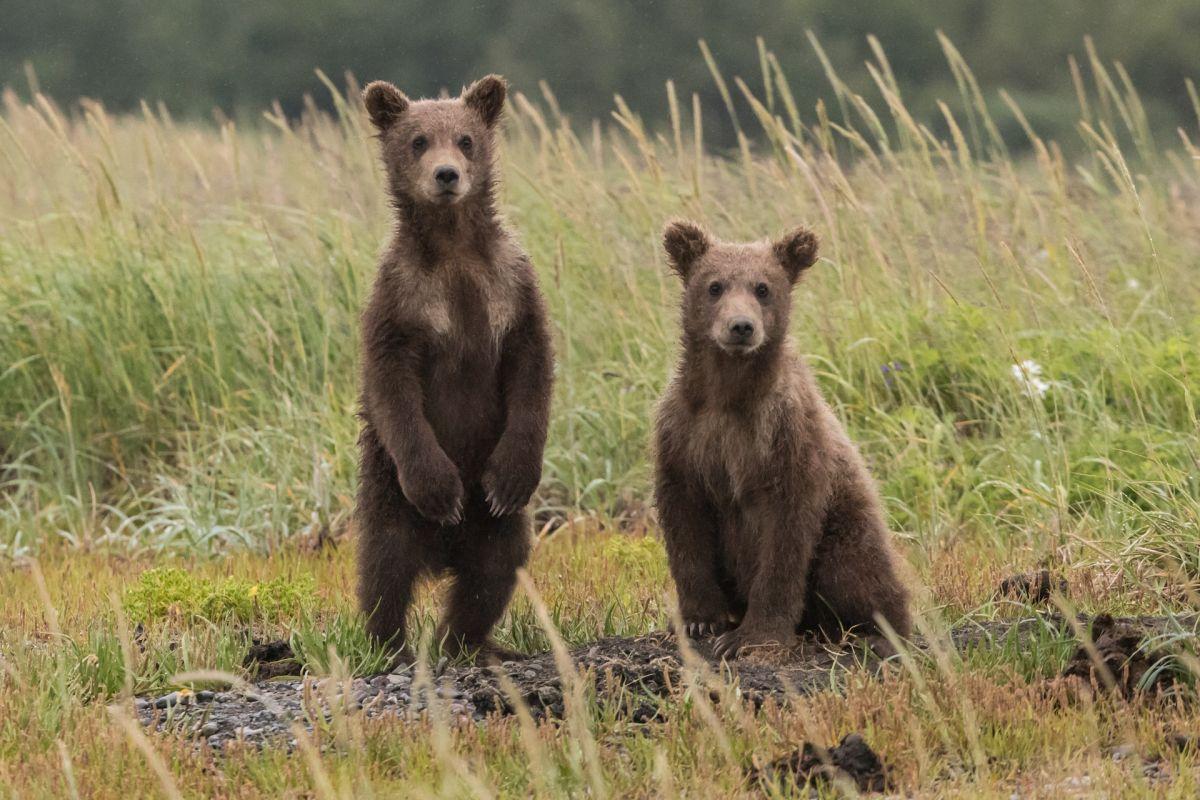
How Many Animals Native to Slovakia?
What is the diversity of native animals in Slovakia?
Let’s look at the total number of species of Chordata (mammals, birds, fishes and reptiles).
Total number of animal species in Slovakia: 543 (3,149 in total in Europe)
More About Animals in the World!
Loved these Slovakia animal facts? Want to see what animals live in other countries?
Then check out these posts:
Or click here to see ALL the facts up on the blog! Spoiler alert: there’s A LOT of them.
Share the knowledge! Click on the buttons below to share information about these famous animals in Slovakia with your friends, and help them learn more about the world 🙂

![30 Wild Animals in United States Of America [Wildlife in United States]](https://www.kevmrc.com/wp-content/uploads/2023/10/30-wild-animals-in-united-states.jpg)
![13 Wild Animals in Victoria [Wildlife in Victoria]](https://www.kevmrc.com/wp-content/uploads/2023/01/13-wild-animals-in-victoria-australia.jpg)
![10 Wild Animals in Lesotho [Wildlife in Lesotho]](https://www.kevmrc.com/wp-content/uploads/2022/12/10-wild-animals-in-lesotho.jpg)